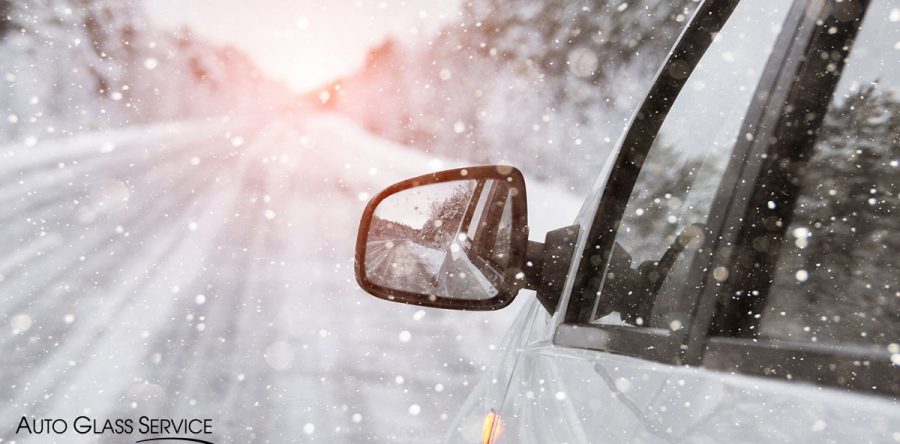Winter is quickly approaching (although warm temps in parts of the country would say otherwise!) Regardless of where you live, there are certain precautions you should take to keep your vehicle (and yourself) safe this winter. Snow and ice on the road can create hazardous driving conditions. To ensure that your car is up for the challenge, read on to discover ten essential things you should do to prepare your car for winter – plus, must-have items to keep in your vehicle in the event of an emergency.
Winter Tires Switch to winter tires if you live in an area with cold weather and snow. Winter tires provide better traction on icy and snowy roads. If you live in an area that doesn’t typically have harsh winters, all-season tires should be fine.
Check Tire Pressure Ensure your tires are properly inflated. Cold weather can cause tire pressure to drop, reducing traction and handling. Appropriate pressure for your tires can be found on the tire placard in the driver’s side door jamb or in your vehicle owner’s manual.
Battery Inspection Cold weather can put extra strain on your car's battery. Battery power decreases as the temperature drops (it takes more power to start your car in the winter.) Have it tested to ensure it's in good condition, and replace it if necessary.
Fluid Levels Top off all your car's fluid levels, including oil, coolant, and windshield washer fluid. Use winter-grade oil for better cold-weather performance. A single snowstorm can exhaust a large amount of windshield washer fluid, so refill the washer reservoir frequently with windshield wiper fluid formulated for winter conditions.
Inspect Brakes Ensure your brakes are in good working order. Icy roads require precise stopping power, so replace worn brake pads or discs as needed.
Wiper Blades and Defrosters Make sure your wiper blades are in good condition and consider installing winter blades. These come equipped with rubber that keeps ice from collecting on the blades. Test your defrosters to ensure they clear the windshield quickly - this is imperative for safe driving conditions.
Emergency Kit Prepare an emergency kit that includes:
- First-Aid kit
- Flashlight & batteries
- Matches
- Ice scraper
- Blanket
- Extra clothing
- Non-perishable food & beverages
- Jumper cables
Proper Windshield Maintenance In addition to ensuring your wiper blades and defrosters are in good condition, follow these tips for clear visibility and safe driving in the winter:
- Park in sheltered areas when possible
- Consider using a windshield cover
- Avoid sudden temperature changes that can stress the glass and lead to cracks. Avoid pouring hot water on a frozen windshield or blasting the defrost on a very cold windshield.
- Check for chips and cracks - Winter weather can exacerbate small chips or cracks in your windshield. Get them repaired promptly to prevent them from spreading.
Snow and Ice Removal Clear snow and ice off your entire vehicle, including the roof, before driving. Snow and ice can slide off while you're driving, creating a hazard for other drivers.
Drive Cautiously One of the most important things you can do is to adjust your driving behavior. Increase your following distance, drive slower, and be cautious when turning and braking. Black ice, in particular, can be treacherous.
Winter conditions can be unpredictable, so it's crucial to be prepared and exercise caution. Regular maintenance and safe driving habits will help to keep your car and yourself safe during the winter months. If you encounter any chips or cracks in your vehicle’s auto glass, we are just a phone call away. Auto Glass Service is always here to help!


